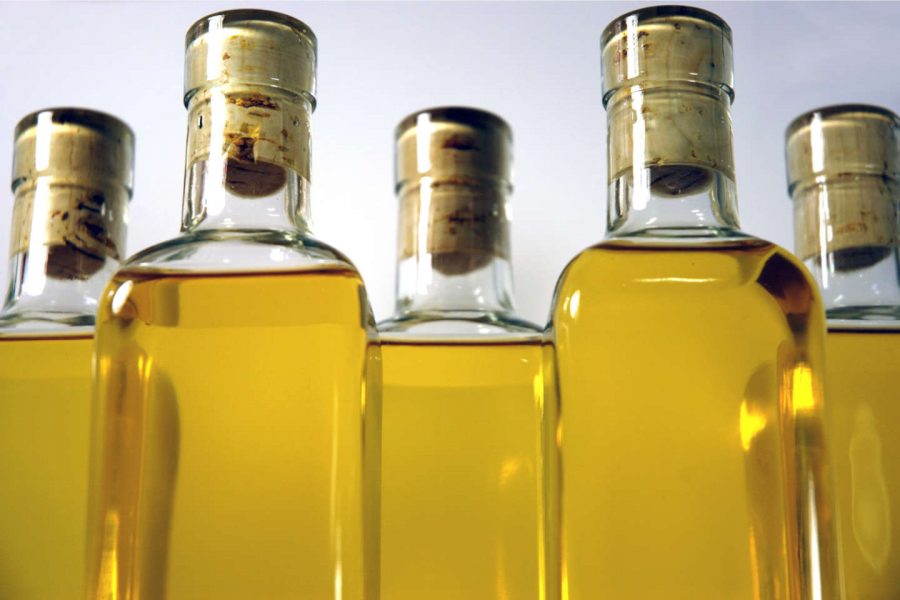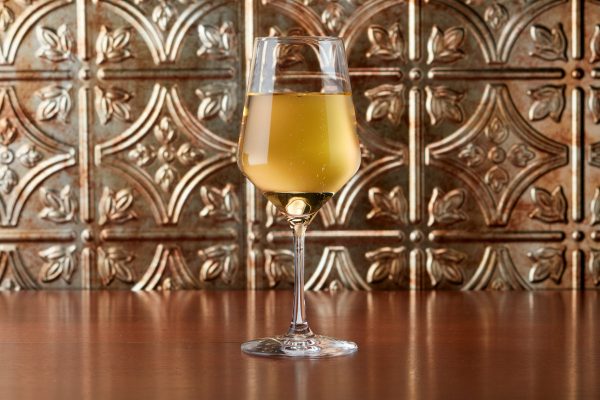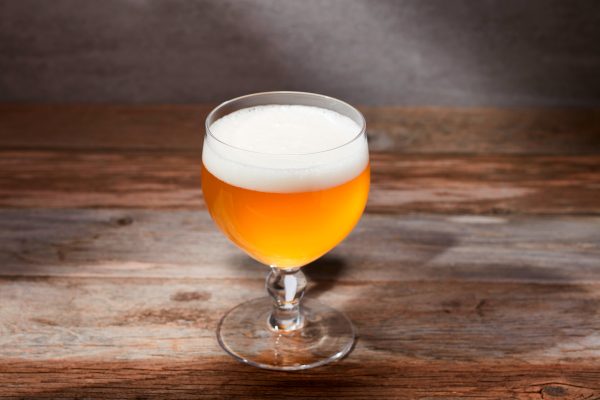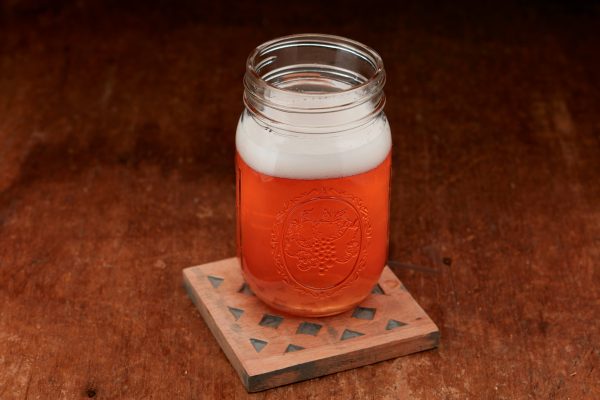
This is one of the official 2021 Mead Day recipes! This year’s Mead Day is sponsored by Walker Honey Farm.
Recipe courtesy of American Homebrewers Association Governing Committee member Carvin Wilson.
This recipe has won medals through the AHA’s National Homebrew Competition (including a 2nd place award in 2021), the Mazer Cup, and other regional competitions. The star in a traditional mead is always the honey – any honey is usable, with local honey providing lots of options. The honey should be complex in flavor. Some good choices would be meadowfoam, orange blossom, tupelo, leatherwood, fireweed, coffee blossom, passion fruit, sage, buckwheat, complex local wildflower, or heather.
This is one of the official 2021 Mead Day recipes! This year’s Mead Day is sponsored by Walker Honey Farm.
Recipe courtesy of American Homebrewers Association Governing Committee member Carvin Wilson.
This recipe has won medals through the AHA’s National Homebrew Competition (including a 2nd place award in 2021), the Mazer Cup, and other regional competitions. The star in a traditional mead is always the honey – any honey is usable, with local honey providing lots of options. The honey should be complex in flavor. Some good choices would be meadowfoam, orange blossom, tupelo, leatherwood, fireweed, coffee blossom, passion fruit, sage, buckwheat, complex local wildflower, or heather.
Ingredients:
- 3 lb. (1.4 kg) honey
- 0.75 gal. (2.8 L) water, reverse osmosis, or spring
- 0.17 oz. (5 g) DV10 dry yeast
- 0.9 oz. (25 g) Go-Ferm, dissolved in 4.2 fl. oz. (125 grams) of water
- 0.1 oz. (3.75 g) Fermaid O, Fermaid K, or BSG Fermax, added in 4 equal doses
- 0.04 oz. (1 g) potassium metabisulfite to stabilize
- 0.07 oz. (2 g) potassium sorbate to stabilize
- 0.48 lb. (218 g) honey to back sweeten finished mead
Specifications:
Yield: 1 US gallon
Original Gravity: 1.108 (25 Brix)
Directions:
If you do not have reverse osmosis water (RO), any potable dechlorinated water low in minerals is acceptable.
Ferment at 62°F (17°C).
Prior to pitching the yeast, oxygenate must for 30 seconds. Make sure you mix the must extremely well.
Yeast Rehydration
Yeast health is important, so Go-Ferm should be used to rehydrate the yeast. The formula is 1.25 grams of Go-Ferm per gram of yeast, so for this mead recipe it would be (5 grams × 1.25) = 6.25 grams. Calculate the amount of water by multiplying the Go-Ferm amount by 20, which would give you 125 grams of water. I only use (RO) water, which I heat to 110°F (43°C) before adding the Go-Ferm. Add the yeast at around 90°F (32°C) and then pull some must and slowly temper the yeast mixture until its temperature is within 10°F (6°C) of that of the must. Whatever you do, do not let that yeast mixture sit for more than 20 minutes without adding some must.
Staggered Nutrient Additions (SNA)
Staggered nutrient additions give the yeast vital nutrients to conduct a quick and healthy fermentation. We will keep it simple and calculate the amount of Fermaid O based upon the formula [(BRIX × 10) × YAN × GALLONS] ÷ 50. DV10 is a low-YAN (yeast assimilable nitrogen) yeast, hence the 0.75 factor for YAN. For this batch, it would be [(25 × 10) × 0.75 × 1] ÷ 50 = 3.75 grams of Fermaid O in four doses, which would be 1 gram per feeding. You will add 1 gram of Fermaid O at 24, 48, 72, and 96 hours after pitching the yeast. If you are going to ferment cooler than 60°F (16°C) or warmer than 70°F (21°C), I suggest you change the YAN factor to 1.25.
Stabilizing
Before we add additional honey for back sweetening, you need to stabilize the mead so fermentation does not restart. To do that, you will add 1 gram of potassium metabisulfite and 2 grams of potassium sorbate. Mix these with a little water and then pour the mixture into the mead. Let this sit for 24 hours before you back sweeten. Technically, this should be done based upon pH, but if you do not have the ability to measure pH, I assure you the above calculations will be solid.
Back Sweetening
Say you would like your finished mead to have a final gravity of 1.020 (semi-sweet). That means you need to add 20 gravity points (1.020 – 1.00 = 0.020) to the finished mead. Divide those 20 gravity points by 35 (honey has 35 points per pound per gallon) to get 20 ÷ 35 = 0.57. You probably have around 0.85 gallons that need to be sweetened. Multiply the gallons of mead you want sweetened by this ratio, 0.85 × 0.57 = 0.48 pounds of honey. Mix that with some RO water and add this mixture to your mead after it has been stabilized.







Share Post